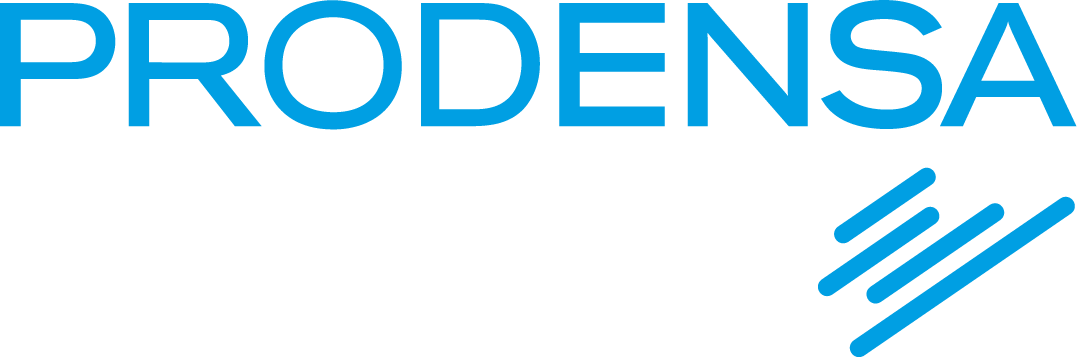Cut Payroll Costs Without Cutting People: Flexible Workforce Models for Financial Efficiency
06 June 2025In 2025, cost pressure is everywhere. Inflation may have cooled, but the long-term impact on payroll and benefits hasn’t. For U.S. businesses—especially those in manufacturing and professional services—finding ways to protect margins without downsizing has become a strategic priority.
That’s why companies are rethinking how they structure their teams. It’s not about layoffs—it’s about flexibility.
Flexible workforce models, including remote staffing, employee leasing, and nearshore outsourcing, are helping companies lower payroll costs while keeping teams intact and operations running at full speed. And increasingly, they’re turning to Mexico to do it.
Why U.S. Employers Are Looking South
Labor is one of the largest operating expenses for U.S. companies. According to the U.S. Bureau of Labor Statistics, total compensation costs in private industry averaged $41.03 per hour worked in 2024. That includes wages, health insurance, retirement plans, paid time off, and compliance-related overhead.
Meanwhile, hiring remote or nearshore professionals from Mexico—through compliant and structured workforce models—can cut those costs by 40–60%, depending on the role.
But this isn’t about cheap labor. It’s about smart structure. By tapping into ready-to-work, bilingual professionals in Mexico, companies are:
- Maintaining service levels
- Protecting employee count
- Increasing agility in uncertain markets
And doing so without compromising compliance, culture, or control.
Understanding the Flexible Workforce Model
At its core, a flexible workforce model allows you to scale talent without long-term financial burdens like direct payroll, severance, and benefit liabilities.
The most effective models include:
1. Remote Staffing (Nearshore)
Access bilingual professionals in Mexico for roles in admin, finance, HR, or customer service—fully integrated into your U.S. operations, but managed locally.
2. Employee Leasing
Avoid the burden of direct employment by working with a legal employer of record who manages payroll, benefits, and compliance on your behalf.
3. Temporary or Project-Based Assignments
Scale your team up or down depending on workload, seasonal spikes, or new business units—without renegotiating full-time contracts.
4. Payroll Outsourcing
Even if talent is sourced internally, companies can reduce administrative costs by outsourcing the payroll, compliance, and benefits function.
According to ADP, 58% of mid-sized businesses in North America are now using some form of outsourced payroll or HR administration to reduce fixed cost burdens.
Real-World Impact: Cost Without the Cuts
Let’s say you’re paying $75,000/year for a U.S.-based admin or finance role. That’s before benefits, taxes, or overhead. With a nearshore model, you could hire a remote bilingual professional in Mexico with similar qualifications for $28,000–$35,000/year, fully loaded.
That delta doesn’t just reduce costs—it creates room for reinvestment, whether in sales, product, or retention strategies.
And with partners like FlexForce by Prodensa, the transition is seamless. We handle:
- Candidate sourcing and screening
- Local payroll and benefits
- Tax and labor compliance
- Risk mitigation and documentation
- Workforce KPIs and performance tracking
You get the team. We handle the structure.
Why This Matters Now
In 2025, companies don’t just need to grow—they need to grow responsibly. That means protecting the people who make your business run, without carrying the financial risk of fixed headcount models.
Flexible workforce solutions allow you to:
- Adapt to changing market demand
- Preserve talent while managing cost volatility
- Stay compliant across borders
- Operate lean—without sacrificing service or quality
Cutting payroll doesn’t have to mean cutting people. With the right strategy, you can retain talent, reduce costs, and stay competitive—all at the same time.
At Prodensa, we help U.S. businesses build flexible workforce models with nearshore talent solutions that make sense for 2025 and beyond.
Let’s design a better way to grow—one that works for your business and your team.
Let’s design a better way to grow—one that works for your business and your team.



